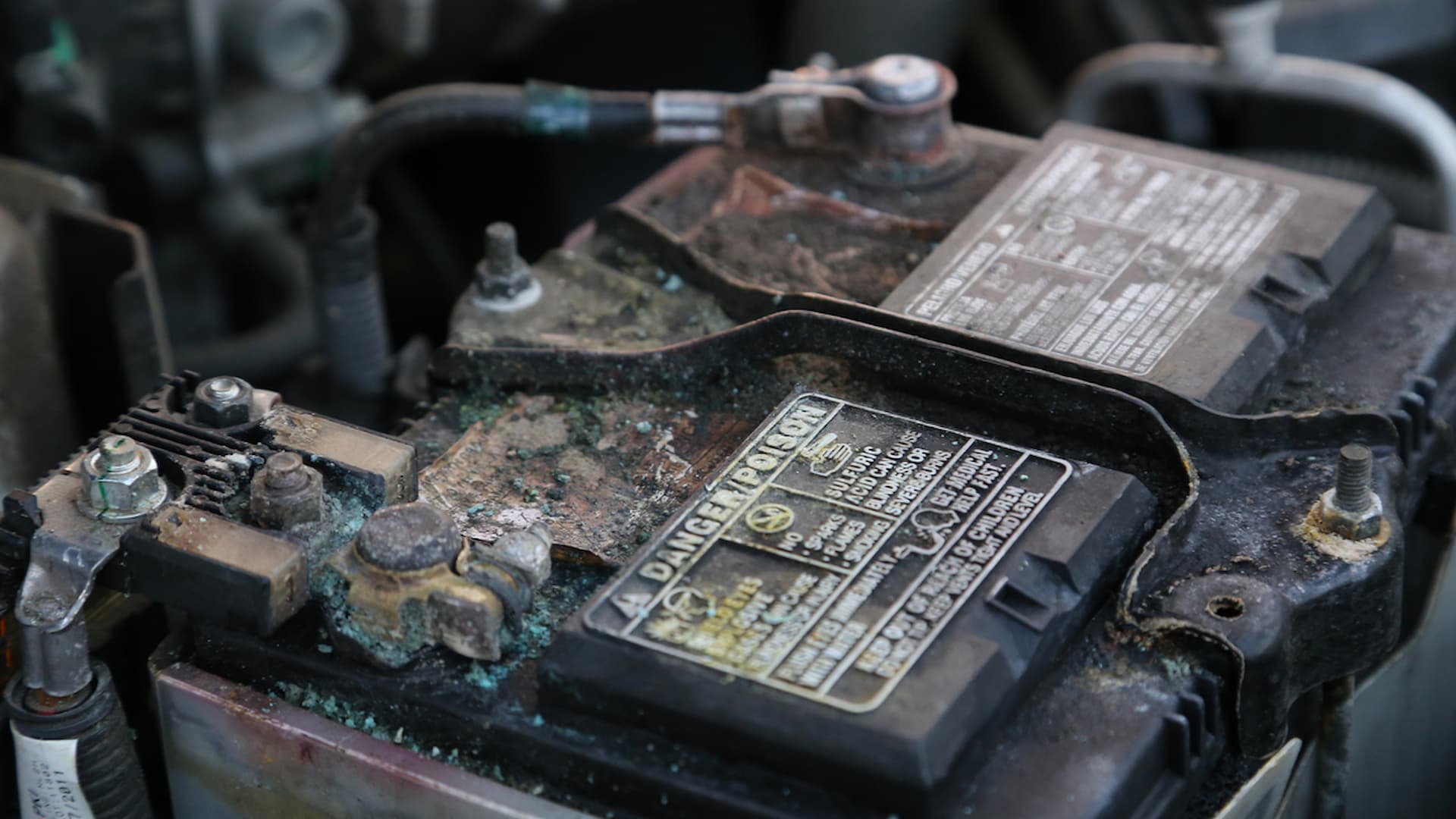How to Diagnose a P1101?
To diagnose and fix P1101 accurately, you’ll require an OBD-II scan tool or code reader and a digital volt/ohm meter.
Here’s a general guideline on how mechanics at repair shops will proceed with the treatment of this error code:
1. The mechanic will first visually inspect the wiring of the MAF sensor harness. They’ll also check for a poor electrical connection from other related products, like the connectors and wiring associated with the MAF system.
2. Next, they’ll check the engine air filter for debris obstructing the air intake or air flow to the intake manifold.
3. Once they check your engine air filter, they’ll clear the trouble code and test drive your vehicle to see if the code returns.
4. If the Check Engine Light illuminates again, the mechanic will use the code reader to verify if it’s the same DTC code. They’ll also download the freeze frame data to diagnose and fix P1101 and the MAF system.
5. They’ll remove the mass airflow sensor to check if it’s dirty. They may use a MAF cleaner to clean any oil deposits on the sensor and its wiring.
6. They’ll perform a smoke test to check for vacuum leaks before and after the sensor. They’ll check for a broken vacuum hose as well. A vacuum leak or air leak occurs when the air flowing into the intake manifold doesn’t go through the throttle body.
7. If they can’t spot any leaks and the throttle body is fine, but the code persists, they’ll check if the MAF sensor is faulty. For that, they’ll use the digital volt/ohm meter to test the MAF sensor’s reference voltage and ground signal.
8. They’ll disconnect the PCM and all related control modules if they can’t find any voltage or ground signal. They’ll then check the continuity of the MAF sensor and associated circuits with the battery ground. They’ll also check the continuity between the MAF sensor circuit and the control module.
They’ll clear the P1101 code and test drive your vehicle to ensure this trouble code doesn’t return after they finish the necessary fixes and maintenance.




